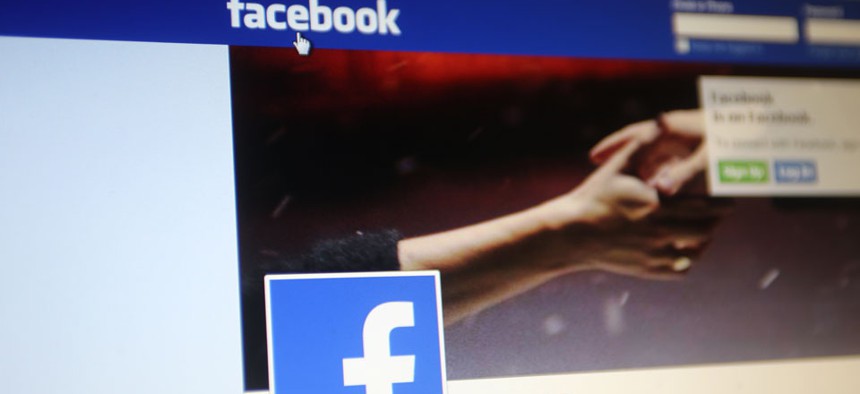The Health Care Website Is Not Like Facebook

The above is not the same as Healthcare.gov. Northfoto/Shutterstock.com
Comparing the two platforms, as one congressman did Thursday morning, doesn't quite work.
When questioning executives of the contractor behind the problem-plagued health care website during a House hearing Thursday, Rep. Steve Scalise brought up a popular, user-friendly site for comparison.
"It's been reported over $500 million of taxpayer money [was] spent to build this website, more money, by the way, than it cost to build Facebook," the Republican from Louisiana said, citing a Digital Trends piece that reported the social network surpassed $500 million in spending costs six years into its existence. "Facebook gets 700 million users a day. Seven hundred people use that—million people use that site every day, and it works."
The thing is, HealthCare.gov isn't anything like Facebook. Never mind that the two serve very different purposes—the former to sign up uninsured Americans for health plans, the latter to fuel your fear of missing out. A lot more goes into the health care site than into Facebook, including 10 times as many lines of code, as this graphic by Orange, Calif.-based web developer Alex Marchant shows. The size of the federal website's code base, 500 million lines, surpasses that of Facebook, Windows XP, Linux, and Google Chrome.
The website must communicate with a host of different databases. It links up with a number of federal agencies, including Health and Human Services, the Social Security Administration, and the Treasury Department. It interacts with state-run online health exchanges. And it connects with outside health insurance companies. All that communication, which requires a great deal of code to build and carry out, can overwhelm the entire system. "The more you have to ask another database for information, the more it can get overwhelmed," computer scientist Jonathan Wu told Reuters earlier this month.
While Facebook hosts various apps and games, it's ultimately a single application, as Wired explains, not even an operating system, such as Windows. When the site launched in 2004, it only welcomed a few hundred users, not the millions that the Obama administration encouraged to sign up, all at the same time. Over time, the social network expanded its platform to accommodate a growing number of users. The health care website, it appears, is building in reverse. In the days and weeks aheads, the lines of code will only get longer.
(Image via Northfoto / Shutterstock.com)
NEXT STORY: How Did the White House Find Its Twitter Mole?




